

Botanical
Sketchbook
Mary Ann Scott
with Margaret Stevens PSBA
in association with
 The Society of Botanical Artists
The Society of Botanical Artists

Contents


Iris graminea and Jerusalem sage.
Foreword
The revival of botanical painting during recent decades is one which has given me great personal joy and delight. As we now live in an age when the teaching of drawing from life as part of art-school training has been virtually abandoned, the art of botanical drawing and painting keeps alive a rare and disciplined skill. This, therefore, is a timely and beautiful book, which opens a door to its acquisition. As in the case of anyone wishing to acquire such a talent, it calls for patience, discipline and application. For any student it will also have its ups and downs, which is an enlivening part of what is recorded here.
This is a book strong on practicalities and constructive comment. Everything from paper, pencils and paint to the problems of composition are discussed and carefully considered. I cannot recommend this book enough to anyone tempted to try their hand at acquiring this skill. It also works from that wonderful premise, encouragement. Start by reading and studying this publication from start to finish and then, undaunted but under proper instruction and guidance, begin.
Sir Roy Strong
Introduction
This book is based upon the Distance Learning Diploma Course run by the Society of Botanical Artists. The course started as the result of a chance remark by my commissioning editor at Harper Collins, Cathy Gosling, when I completed The Art of Botanical Painting in 2004. Cathy said that it would make a great textbook on which to base a course, so my colleague Pam Henderson and I put our heads together and the first course began in January 2005. Over the course of 27 months, the student is taken through all aspects of botanical art in a series of assignments which are marked by tutors who are all SBA members and experts in their particular field. Currently, 30 tutors mentor approximately 180 students, who come from all over the world.
Mary Ann Scott joined the third course in January 2006. She showed promise in the early assignments but we were not prepared for what was to come. After a tricky patch, during which she could so easily have become disheartened and given up, it was as if a light was switched on. Her marks shot up and by the time we examined her Diploma Portfolio it was obvious that she was genuinely gifted. Her sketchbook was a joy, and special thanks go to Cathy Gosling and publishers Anova for having the vision to put into print what I hope will inspire others to persevere and draw out their hidden talent.
Margaret Stevens PSBA
Looking back, I can see two threads weaving through my life and gradually coming together. One is my love of painting and the other is my affinity with the natural world, in particular flowers and gardens.
The first thread began to form with the paintboxes and colouring books of my childhood. The second had more recent origins. When I left university I went to live at Benton End in Suffolk, the former home of the influential artist and plantsman Sir Cedric Morris. Sadly, the gardens had become a wilderness after his death, yet many shrubs and resilient perennials had managed to survive. Here I began learning about plants, and I have many memories of that enchanted place.
The threads began to converge when I moved to Denmark and started an apprenticeship at the Royal Copenhagen porcelain factory. I was hoping to join the select group employed in painting the Flora Danica service, and with this in mind I worked hard at home painting flowers and trying to improve my technique. I also began attending evening classes in botanical painting taught by Victoria Friis. Victoria had worked at Kew as a botanical illustrator and was an excellent teacher. We became friends, and I am grateful to her for gently setting my feet on the path.

Iris graminea seedhead.
I then moved to northern Italy and spent the next few years looking after my two children, working with horses and teaching English. It was only when a series of unfortunate events convinced me to give up riding that botanical painting took precedence again. However, I now felt that I needed to learn how to depict flowers accurately from life rather than copying from photographs, as I had done before. I bought The Art of Botanical Painting and read about the Distance Learning Course. My first reaction was to say, Ill never manage this! but my husband was confident that this was the best way forward so in January 2006 I found myself putting my first assignment into the now familiar brown SBA envelope, my feet set well and truly on the path of botanical painting again.
The course taught me the fundamentals of botanical illustration. It also brought me into contact with many people with whom I could share my enthusiasm for this beautiful art form. At the seminar held halfway through the course I met my fellow students and many of my tutors. Here, for the first time, I met Margaret, and was instantly struck by her extraordinary energy and insight. I will always be grateful for her perspicacity, which helped to create the marvellous experience of turning my sketchbook from a working tool into a book that I hope will encourage other aspiring botanical artists.
Mary Ann Scott

Nasturtium.
ASSIGNMENT 1
Drawing
Margaret Stevens: A wise student realizes that the first assignment is arguably the most important, whereas a less astute one sees it instead as a chore to be got through quickly. A question such as Do I need to use my good paper for this? is a sure indicator of the latter attitude, to which my reply is: Drawing is not inferior to painting but its equal.
From the elegant 15th-century lily by Leonardo da Vinci to the outstanding contemporary botanical drawing by artists such as Julie Small SBA, there are many examples to prove that a good drawing can be as valuable and sought after as a painting. Moreover, drawing is the foundation on which to build, because it encourages the essential skills of observation and eye-to-hand coordination, and an appreciation of tonal variation
Next page
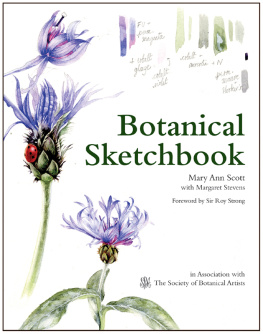

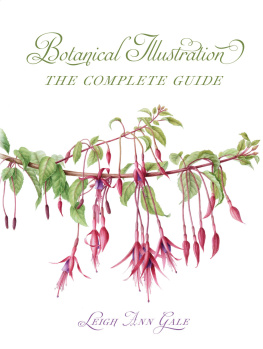
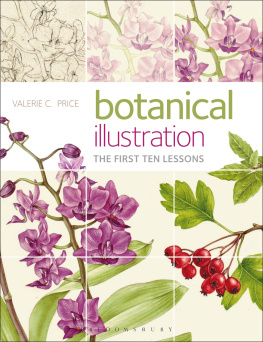
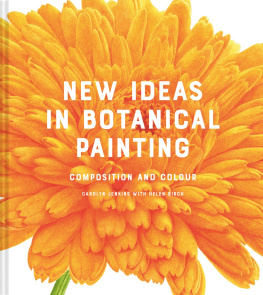
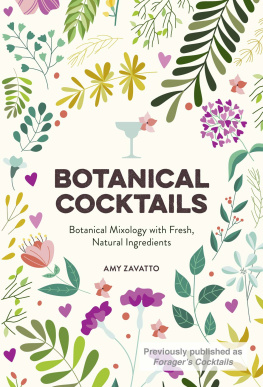



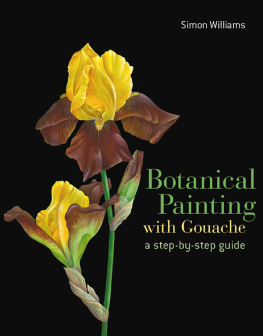
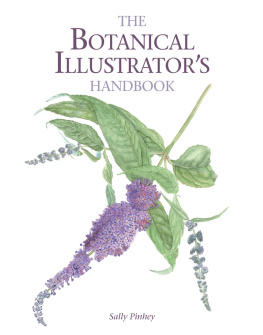
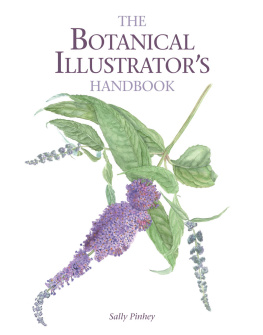


 The Society of Botanical Artists
The Society of Botanical Artists



